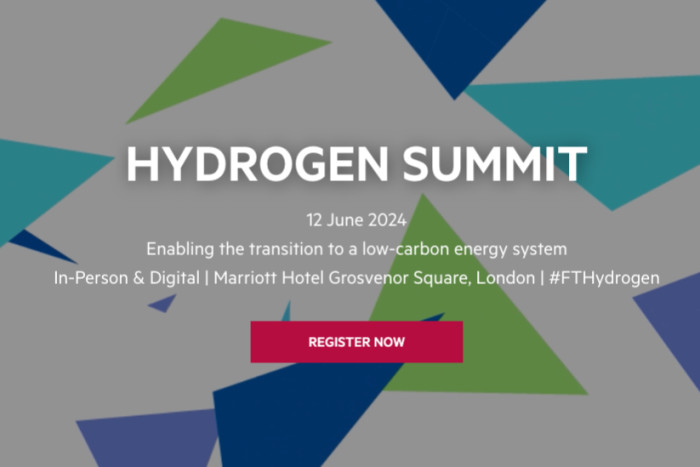
How a cigarette sparked a slow-burn search for buried ‘gold’ hydrogen
Financial Times
A lit cigarette provided the first clue to the energy source deep underground. Drillers accidentally set fire to the gas coming out of what they had thought was a dry water well in Bourakébougou, south-west Mali, in 1987.
Rather than natural gas, whose main component is methane — a driver of global warming — the drillers had struck hydrogen. Now, decades later, the village, population 1,500, is still using this reservoir of the clean-burning gas to generate electricity.
Mali is, so far, the only place in the world to have exploited underground hydrogen deposits. But it may soon be joined by others. The push to ditch fossil fuels means engineers, geologists and prospectors are scouring the globe to see if they can find and extract the gas — also referred to as geologic, gold, or white hydrogen — at scale.
Forty companies, in countries including Australia, Albania, Canada and South Korea, were searching for hydrogen deposits as of the end of 2023, according to consultancy Rystad Energy. That is up from 10 just three years ago.
FT Live Hydrogen Summit
Featuring panel discussions and interviews with senior industry experts and FT specialists. Register to watch live online on June 12 or view later.
“The world needs dependable, affordable energy,” explains Neil McDonald, managing director of Australia-listed Gold Hydrogen, which is drilling prospects in South Australia first discovered and ignored by oil prospectors a century ago. “We are hoping to be a big part of that.”
Such is the need that the International Energy Agency predicts a more than fourfold increase in annual demand for hydrogen: it will have to rise from 95mn tonnes in 2022 to 430mn tonnes in 2050, if net zero emission targets are to be met by replacing the fossil fuels currently used by refineries, power stations and vehicles.
Most hydrogen in use today is produced by splitting it from natural gas — a process that leaves carbon dioxide as a byproduct. And efforts to produce cleaner versions to meet net zero goals have so far focused on either capturing and storing those carbon emissions, or on using renewable energy to power industrial scale electrolysers to split hydrogen from water.
Drilling for exploitable reserves of naturally occurring hydrogen has not, generally, been considered feasible. “We’ve known about the natural occurrence of hydrogen for over a century,” says Geoffrey Ellis, research geologist at the US Geological Survey. “But it had been assumed that you just
The full article is available here. This article was published at FT Markets.
Comments are closed for this article!